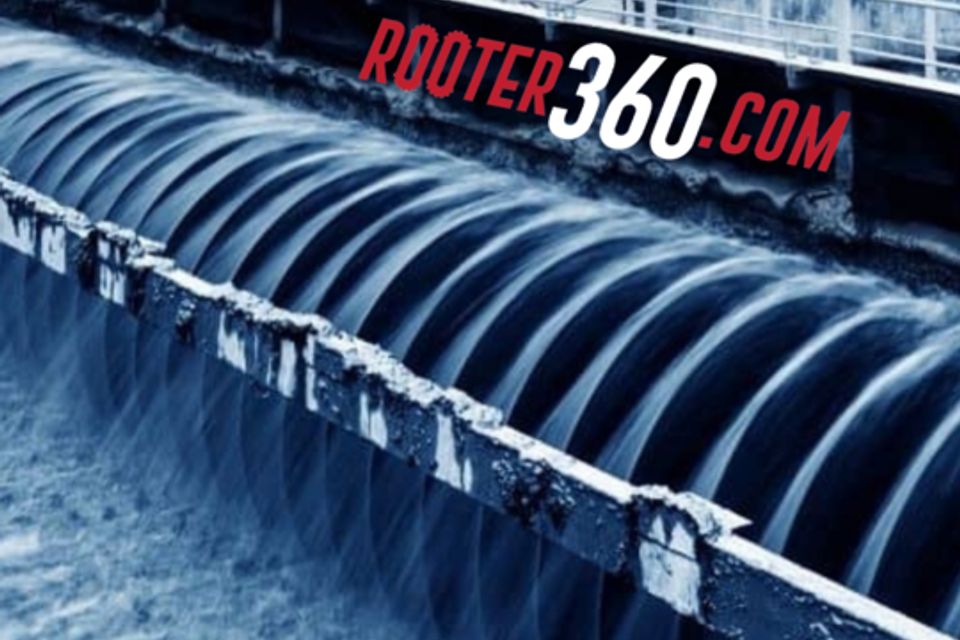WHAT ARE THE THREE TYPES OF WASTEWATER TREATMENT FACILITIES?
Almost two million people die each year from water-related illnesses. Several of these deaths are directly attributable to substandard water sanitation. For this reason, effective wastewater management is essential in an individual home, community, and the country at large to stop these numbers from rising. The only solution to this is effective wastewater treatment.
Types of Water Treatment Plants
Domestic, agricultural, industrial, and medical water are examples of wastewater. Making this water suitable for reuse, wastewater treatment removes all impurities and sewage before being used.
Septic tanks, effluent treatment plants, and sewage treatment plants are the three types of wastewater treatment processing facilities. Also, can further break it down into two categories:
Sewage water source: Domestic activities such as toilets, showers, and even sinks generated wastewater.
Industrial water sources: On the other hand, this is a byproduct of commercial, industrial, and manufacturing activity and is quite distinct from sewage water in terms of its chemical composition.
Types of wastewater treatment plants
Adequate treatment can help us be more ecologically friendly and protect life. To achieve this, domestic, commercial, and industrial establishments must adhere to environmental rules
Sewage Treatment Plants (STPs)
In some instances, these facilities receive a commercial wastewater inflow and remove toxins from homes, and businesses can also collect rainwater and other waste from sewers.
STPs are vital to the health and safety of local communities because they clean wastewater before it is released into the environment using a variety of chemical, physical, and biological processes.
Effluent Treatment Plants (ETP)
More emphasis is placed on chemicals in Effluent Treatment Plants (ETPs), most used by large industrial and pharmaceutical businesses.
ETPs filter water safeguards the environment because these processes are involved in industries that produce chemical runoff. In these facilities, chemical processing is encouraged by evaporation and other drying processes and microscopic filtration.
How do ETPs work?
In the same way as STPs, even ETPs go through a four-step treatment process:
Preliminary treatment: This stage highlights physical techniques such as screening, sedimentation, filtration, clarifying, etc. When the effluent has been cleaned of all solid biological particles, it is sent further to the next stage.
Primary treatment: Solid garbage and organic debris are removed during this stage. Any concrete or chemical waste is broken down by adding chemical precipitation, chemical coagulation, or hydrochloric acid to control pH levels.
Secondary treatment: Many chemical and biological techniques remove the suspended particles and biodegradable material.
Tertiary treatment: These stages remove any remaining solids or impurities from the industrial effluent; the tertiary treatment uses a combination of physical, chemical, and biological techniques to do so.
Combined and Common Effluent Treatment Plants (CETP)
Since many smaller businesses do not have the resources to build their treatment facilities, they must rely on a network of interconnected facilities to keep their wastewater clean.
The extent of these companies’ effects is combated by installing combined effluent treatment plants in industrial centers that produce a pocket of pollution. Ensure that no one system is overworked while removing the trash; all facilities are connected.
When it comes to your water treatment and wastewater disposal, you can rest easy knowing that you are doing your part to protect the environment while also being fiscally responsible by working with Rooter360. To enable you to focus on your domestic and business activities, we offer wastewater treatment solutions and services.
Remember, water is life. Please take advantage of our STP, ETP, and CETP services. Rooter360 is a South Florida wastewater treatment specialist! Call us now and have the best!


